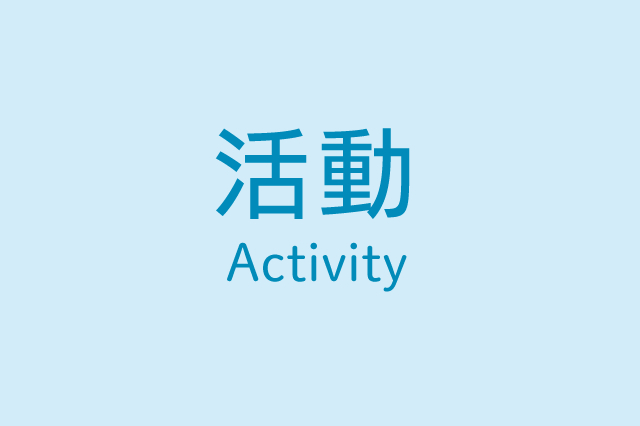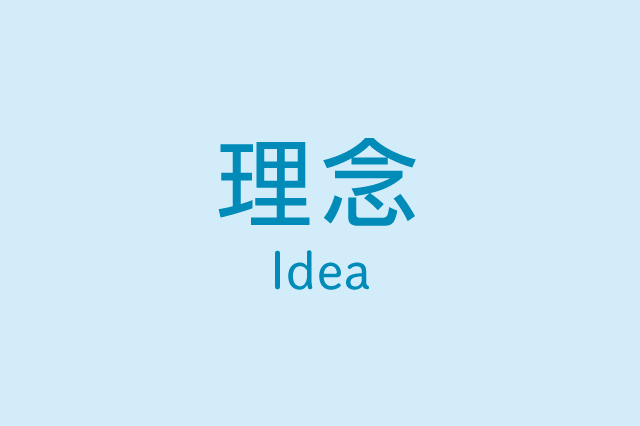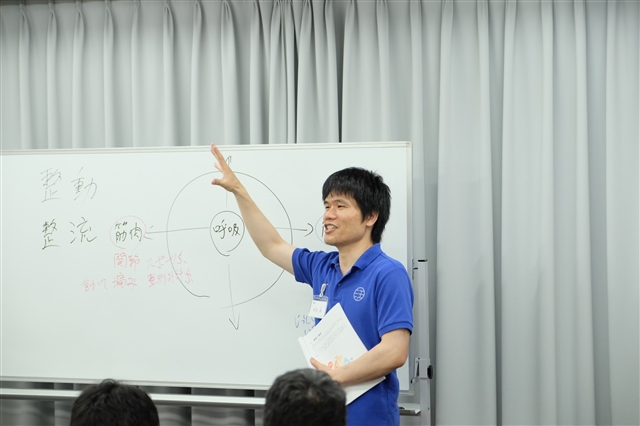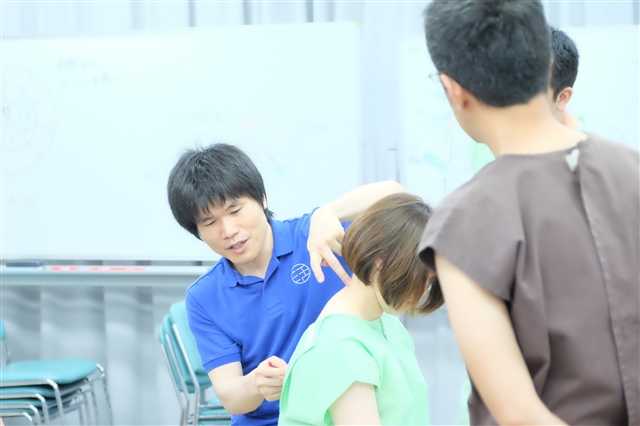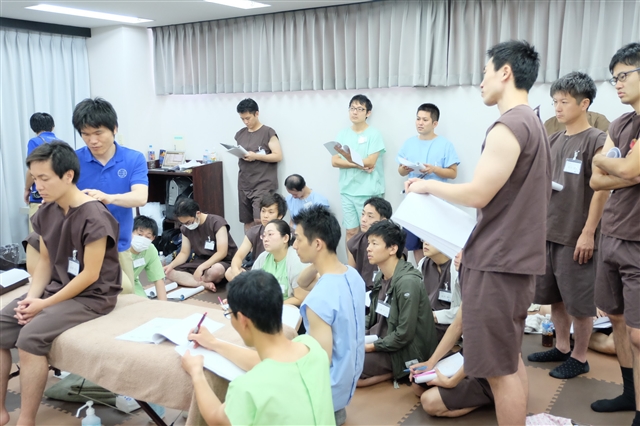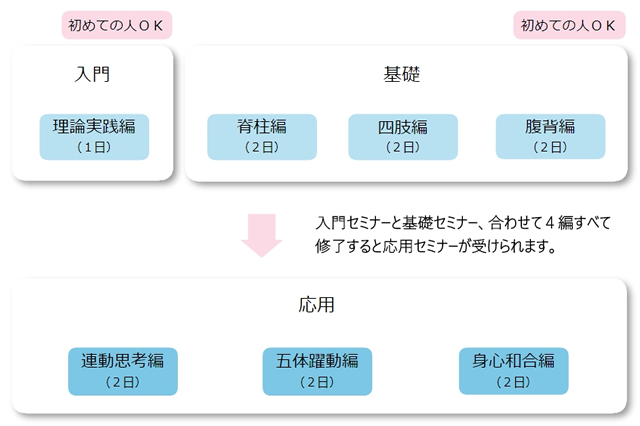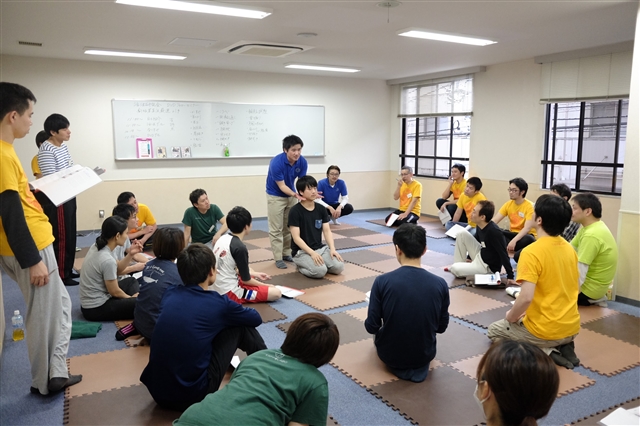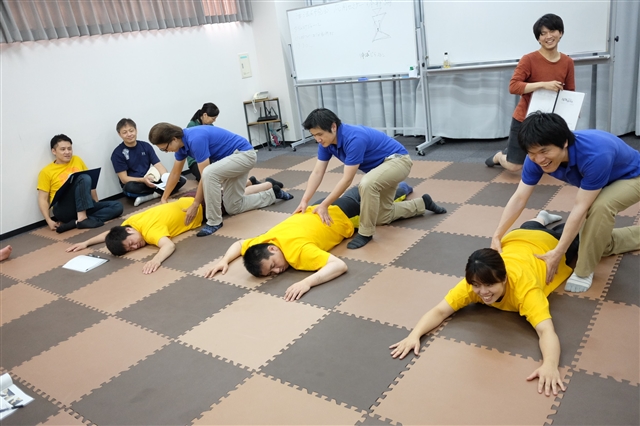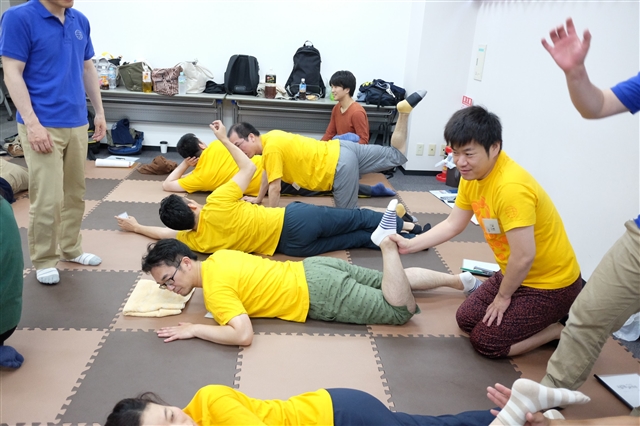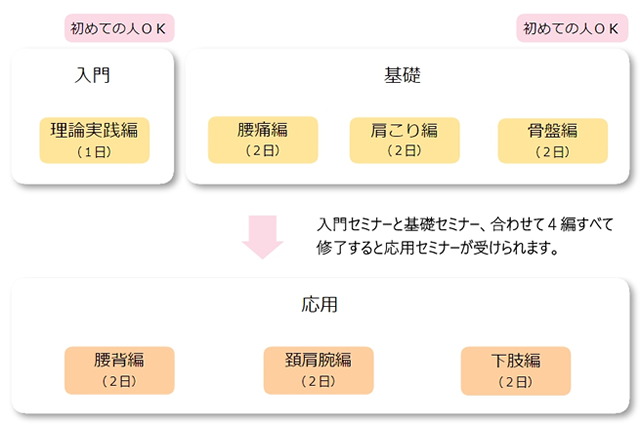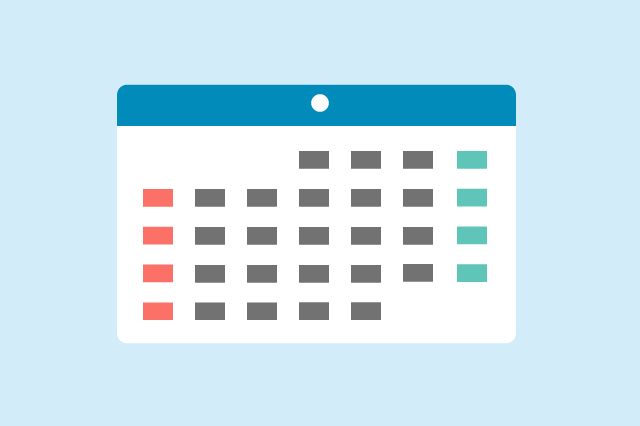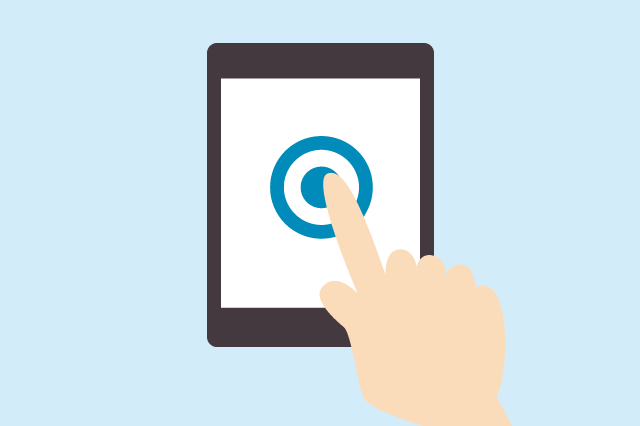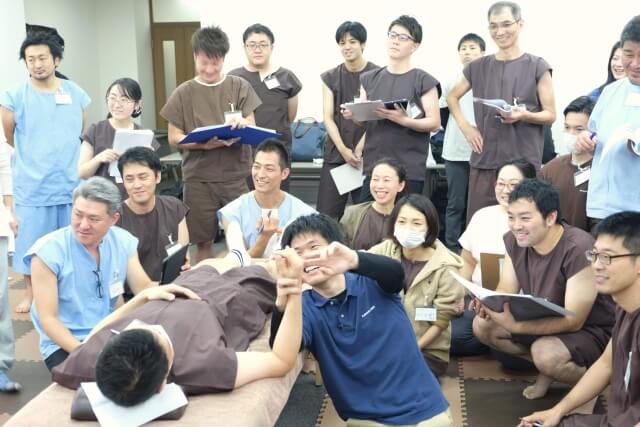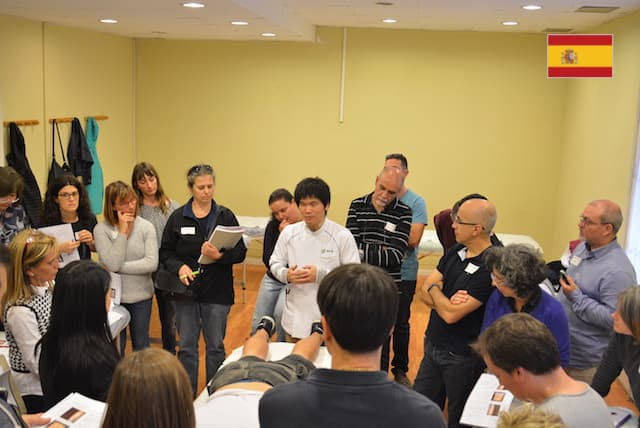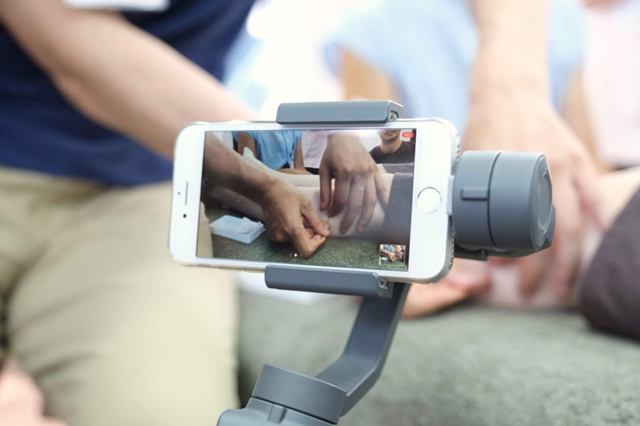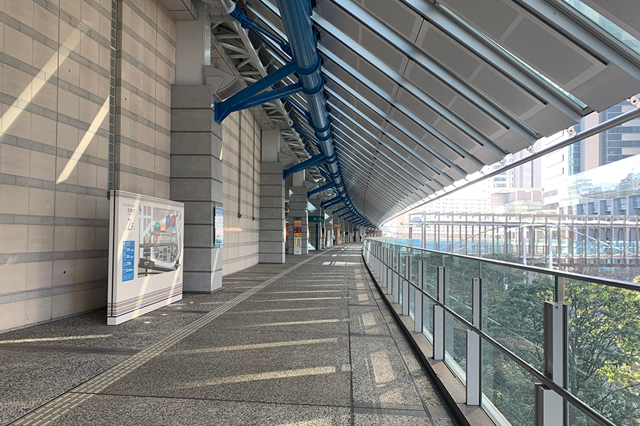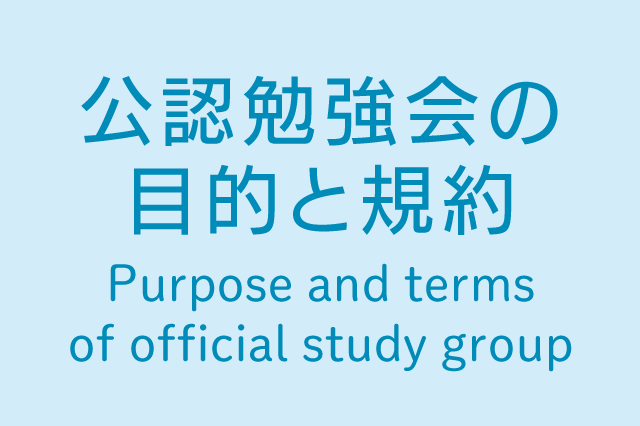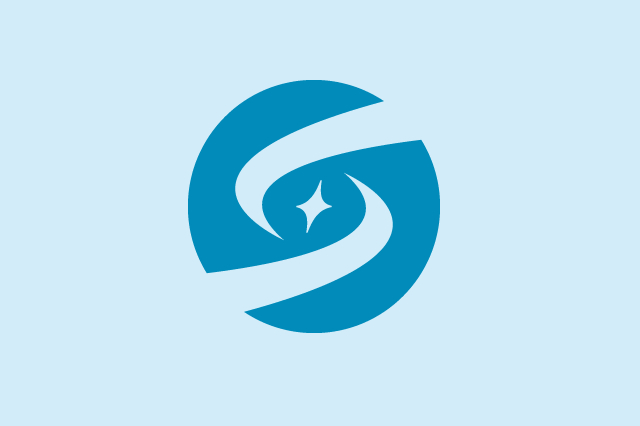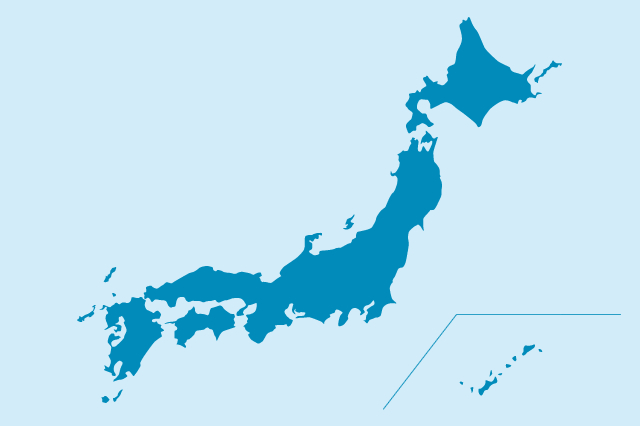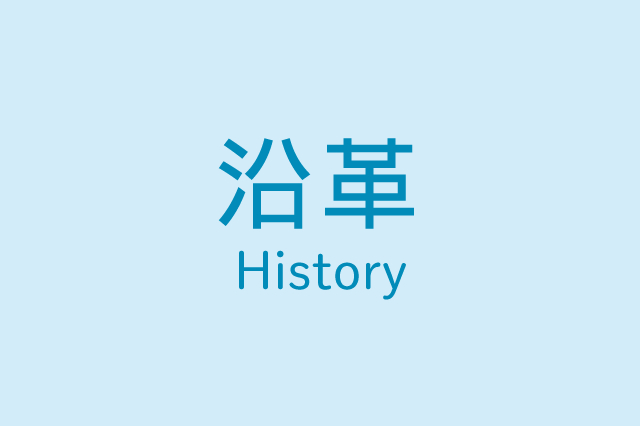Procedures for observing patients
This article will explain how I see patients in my clinical practice. The method varies from acupuncturist to acupuncturist, so this is not the correct answer. I hope that you will read it as one of the individual characteristics. To make it easier to understand, I will describe what I do after the interview.
1. Watch from the sitting position
After changing clothes, some patients lie on the bed in the treatment room and wait. It might be because they have an image that the treatment starts in a lying position. What is strange is that even those new to acupuncture sometimes lie down.
I always ask them to sit up in bed when they lie down before the session begins. We begin in a sitting position on the bed. There are some exceptions, but basically, we start in the sitting position because I want to check the patient from the awake state. For this reason, the standing position is also acceptable, but I use the sitting position because it is uncomfortable for the patient.
I palpate the affected area and its surroundings while the patient remains seated. I often ask the patient to touch the area of concern themself and then touch it as if tracing it. If it is difficult to do this in the sitting position, I ask the patient to stand or lie on the bed in a position that is easy for me to check.
2. Look at the whole body, not just the affected area
I check the affected area at first, but I deliberately take my eyes off the affected area. The reason is to prevent my attention from being caught up in the affected area. If there is a cause in the affected area, I need to keep focusing on the affected area, but this is rarely the case.
I look at the whole impression without any purpose intentionally before palpation. I value the impression I see. Regardless of whether you have medical knowledge or not, there is an instinct that is inherent in people. I try not to kill that as much as possible.
It is not a denial of knowledge. I want to value the information that comes to my intuitive senses. I am a human being, so it is important to have intuition. When I feel that something is weird, even if I don’t know why, I value that feeling. Sometimes, I do not palpate further and encourage other options. If I detect red flag signs based on my medical knowledge, it goes without saying that I will recommend a hospital examination.
3. Palpate the whole body and detect tension.
After observing the entire body with the eyes, I palpate it. In many cases, I start from the shoulders and back. Here, too, I try not to confine my attention to the affected area. The reason is the cause is not always where I want to examine.
The cause is often in a seemingly unrelated area. It is especially true for chronic symptoms that do not go away. The same applies to common symptoms such as stiff shoulders and back pain. When symptoms improve using acupoints far from the affected area, patients sometimes say, “I didn’t realize that such a place was involved.”
While understanding what is happening in the affected area, looking without preconceptions is necessary to see if anything else could cause the symptoms. It is easier said than done.
4. Check for tension in the affected area and related muscles
Repeated observation of the affected area, as described in (3) above, we will find the relationship between the affected area and the rest of the body. Acupuncturists have accumulated these patterns in their experience. I have accumulated them as well, and I actively share the reproducible ones.
You may think that I only look at muscles and not skeletal structure distortion. I see it, but I prioritize muscle tension because the muscles create skeletal structure distortion. When the muscles are in good condition, the position of the bones will change.
It is my personality to try to understand the state of the body through muscle tension. Some acupuncturists judge by examining the pulse at the wrist, while others judge by the condition of the lower part of the body, called tongue diagnosis. Others judge by the condition of the skin. Some do not touch the body much and narrow down the acupuncture points based on the information obtained from the medical interview.
5. Check for a feeling of heat, cold sweat, and perspiration
Although it is at the same time as (5), one step before checking muscle tension, we touch the skin and get information from the skin. Since I touch the skin before the muscles, it could be the (4) rather than the (5), but I placed it here because, personally, it is the next most important step after the muscles.
This is a detailed discussion, but muscles are easier to understand as coordinates, which makes it easier to reproduce and share with others. I am the type of person who values things that can be reproduced and shared, so I give priority to muscles.
Of course, this is my individuality, so there is no wonder that somebody says, “I am not like this.
6. Check the movement.
I understand human infirmities as movement infirmities. When there is pain, there is a hidden problem of difficulty in movement. Sluggish or tired easily also the same case. The state of not being able to move as expected is what is causing the disorder. So does organ problems. There is a deep neurological relationship between the internal organs and muscles, and if the muscles are abnormally tense, the function of the internal organs will be adversely affected.
Movement is also easy to judge objectively. Patients themselves can notice changes, and so can third parties. Being able to visualize the effects of acupuncture is a great advantage. Even those who are skeptical about the effects of acupuncture have to admit it when they see changes in movement.
Recently, it has been discovered that acupuncture points have the effect of regulating movement. I am an acupuncturist who intends to use this as a starting point to expand the possibilities of acupuncture.
Conclusion
One of the attractions of acupuncture is its diversity. On the other hand, many patients say there are so many different types that it is difficult to choose the right one. In acupuncture, somebody says, “One person, one style. Acupuncture is very much left to the acupuncturist’s senses, and the effectiveness of the treatment depends on the acupuncturist’s sensibility. Therefore, your evaluation of acupuncture will change depending on whether or not you meet an acupuncturist with whom you have a good affinity.
If we consider acupuncture as a virtuoso art, it does not matter only virtuosos survive in the world, but to develop acupuncture as a medical, we must break away from an industry dominated by virtuosos.
We need to organize acupuncture into a technique that anyone with training can perform. I am devoting myself to advocating a new technical system in the hope that I can play a part in this process. I plan to feature these activities on this blog from time to time.
July 18, 2023Categories:SEIDOacupuncture





